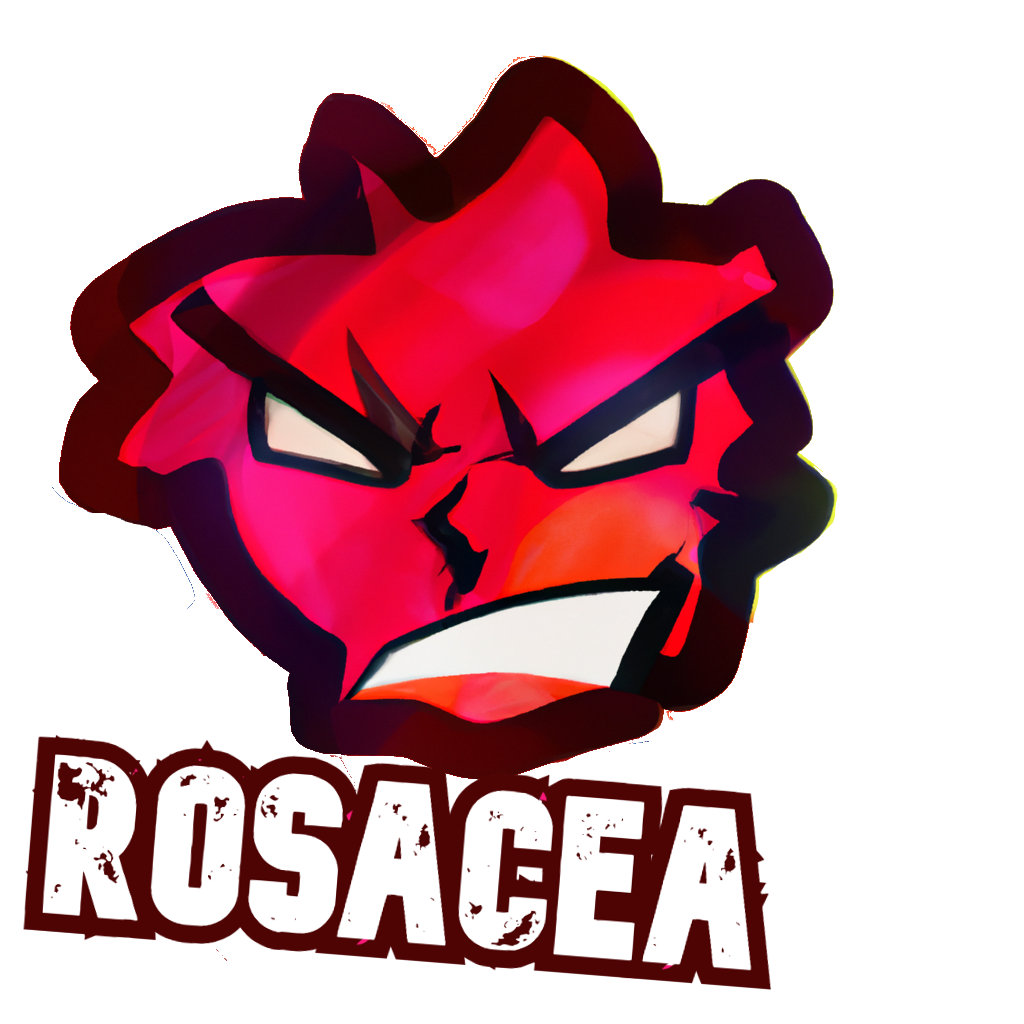Rosacea
Fact Sheet
Rosacea - Malady Wise
Overview
5% of adults, often after >30 years of age and more common with fair skin, blue eyes and northern decent
Associations
Linked to depression, anxiety, hypertension, CV disease, dyslipidemia, diabetes, migraines, rheumatoid arthritis, ulcerative colitis, dementia and helicobacter infections
Cause
Genetics
Impaired skin barrier allowing bacterial colonisation and inflammation
Altered skin and gut microbiome lead to problems with immune response
Skin mechanisms including UV radiation, temperature change, exercise, spicy food, psychological stress, air pollution and smoking
Features
Recurrent facial flushing
Persistent facial redness
Prominent blood vessels over nose and face
Inflammatory papules and pustules
Big nose due to phymatous changes
50% of patient have eye symptoms including dryness, photophobia, conjunctivitis, blepharitis, keratitis
Treatment
Avoid known triggers
Symptom diary to identify triggers
Spicy food
Hot/cold temperatures
Exercise
Sun Exposure
Cosmetic products
Medications
Alcohol
Fruits and vegetables, dairy, marinated meat
Skin care
Moisturise frequently
Gentle cleansers
Use physical suncreens (zinc oxide, titanium oxide)
Avoid exfoliants
Avoid alcohol baesd skin products
Avoid topical steroids
Green tinted cosmetics can minimise redness
Psychological
Important
Flushing
Can use alpha agonists, beta blockers
Redness
alpha agonists, laser
inflammatory papules / pustules
Topical metronidazole, erythromycin
Oral Doxycycline, Metronidazole
Telangectasia
Laser
Neurogenic
TCAs, B blockers
Phyma
Doxycycline
Ocular
Increase dietary intake of omega-3 fatty acids
Warm compresses
Gentle eyelas / eyelid cleansing to express sebum trapped in the glands
If mild to moderate then topical azithromycin, pimecrolimus, tacrolimus
If severe then Doxycycline
Images
Rosacea Images - DermNet
References
Rosacea - DermNet
Rosacea Features - UTD
Rosacea Management - UTD
Rosacea - ETG












